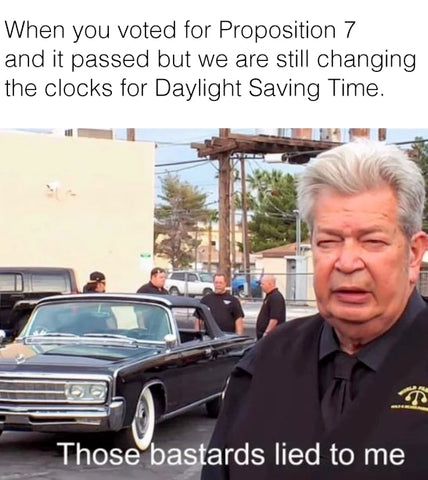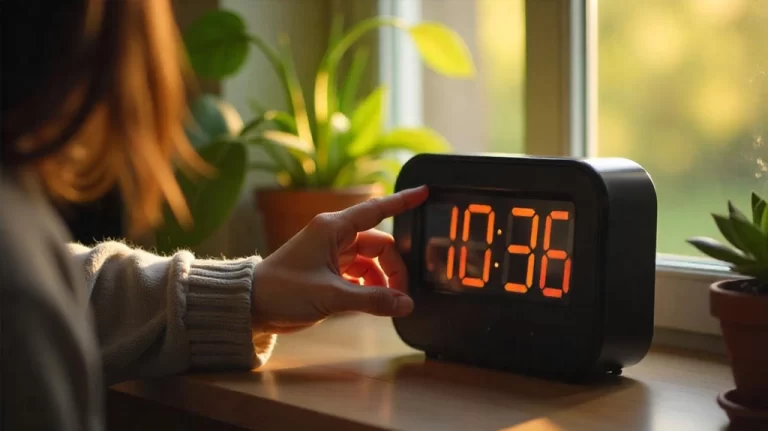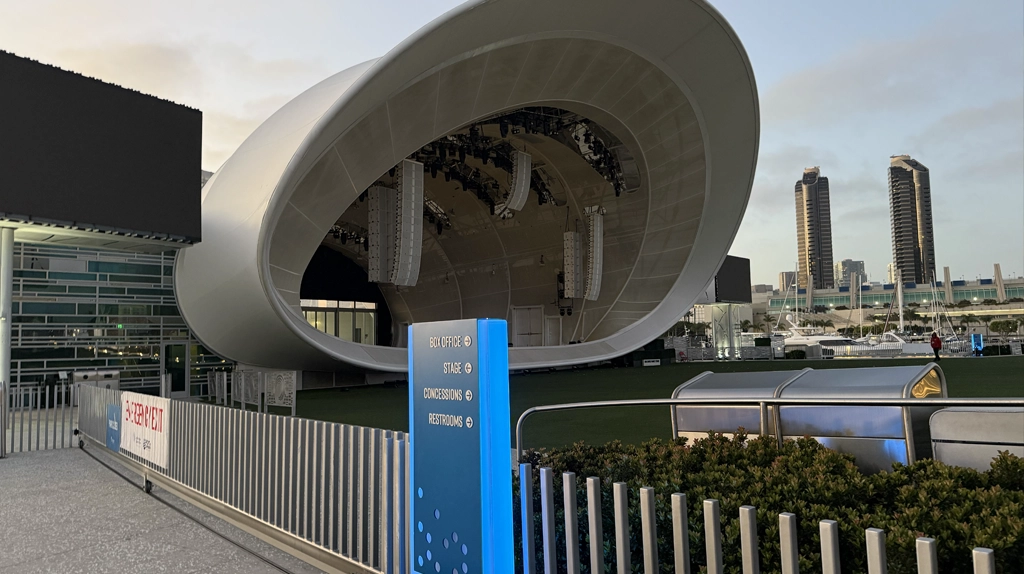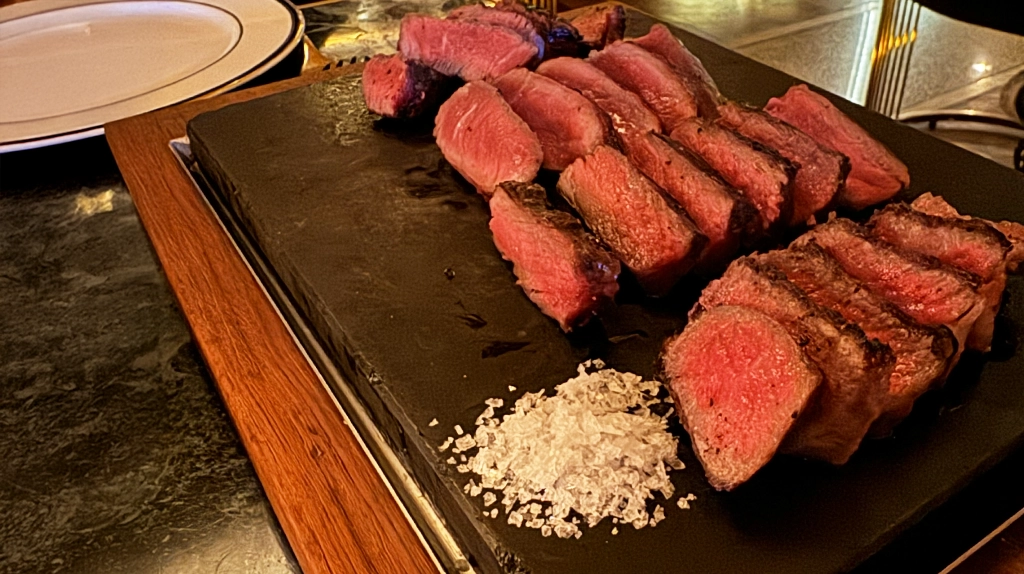
As daylight saving time ends on Sunday, Nov. 3, you might be wondering why Californians are still changing the clocks despite voting to ditch this twice-a-year ritual years ago. Here’s the lowdown on the long, complicated saga of daylight saving time—and why you’ll still be groggily adjusting your clock this weekend.
Table of Contents
Why Is There Daylight Saving Time to Begin With?
Daylight saving time (DST) traces its roots back to 1918 during World War I. Introduced by the Standard Time Act, it aimed to conserve energy by shifting daylight into the evening hours. The concept reappeared in World War II, branded as “War Time,” and has since survived on and off, morphing into today’s semi-annual clock change.
Fun fact: Contrary to popular belief, the agricultural sector wasn’t the main driver behind DST. Farmers were, in fact, initially opposed to it—because it messed with their schedules! Energy savings and evening sunlight have traditionally been the primary motivators behind the practice.
What is Proposition 7?
Californians voted on Proposition 7 in 2018, which passed with nearly 60% approval. But rather than outright ending DST, Prop 7 gave state legislators the ability to make the change—if the federal government allowed it. California could then either stick with daylight saving time permanently or shift to standard time year-round, following the example of Hawaii and Arizona.
Wait, Didn’t We Vote to End This in 2018?
Yes, you did! But there’s a catch.
Voting on Prop 7 was only the first step. In order to permanently stay on one time, California needs approval from both its state legislature (with a two-thirds majority) and Congress. This process has stalled—meaning Californians have been stuck changing their clocks like it’s 1918.
In 2022, the U.S. Senate unanimously passed the Sunshine Protection Act, which proposed making daylight saving time permanent nationwide. However, the bill never made it through the House of Representatives, expiring in legislative limbo. It was reintroduced in 2023 but has yet to gain momentum.
Meanwhile, California State Senator Roger Niello proposed legislation to keep California on standard time year-round, which has been winding its way through committees this year. However, without clear federal approval, we’re still stuck with the current system.
Why Does This Matter?
While some people cherish that extra evening hour of daylight in the summer, research has linked the time change to negative health effects. Studies show an increase in traffic accidents and heart attacks following the spring switch. Sleep experts argue that standard time is better aligned with our natural circadian rhythms—one reason why states like Arizona have opted out of daylight saving time altogether.
So What’s the Verdict?
For now, Californians will still need to “fall back” on Nov. 3, setting their clocks back one hour. Enjoy the extra hour of sleep—but prepare to “spring forward” again in March.
Unless Congress makes a move, we’ll remain on this rollercoaster of clock changes. So set those clocks, hit the snooze button, and hold out hope that someday we might join Hawaii and Arizona in a life free from daylight saving time.
Until then, you’ve got a great excuse if you’re late to brunch. “Sorry, daylight saving time messed with me!”




